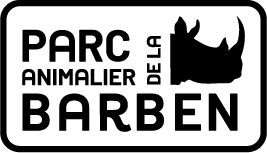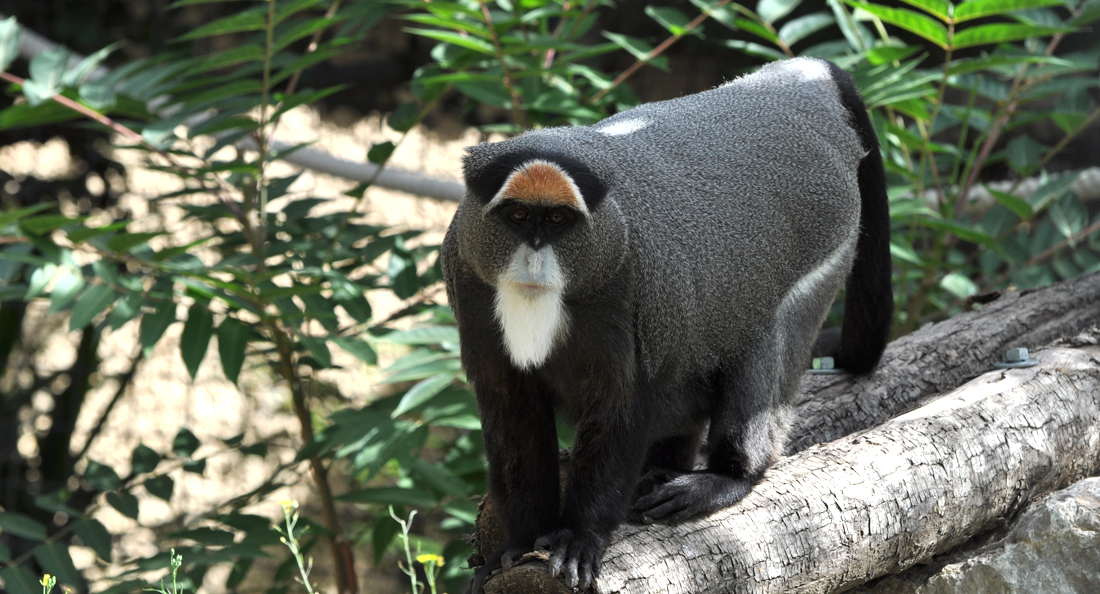Un singe élégant.. et fort discret
Cet élégant primate est caractérisé par sa couronne orange et sa barbe blanche. Omnivore, il se nourrit essentiellement de fruits, mais aussi de feuilles et champignons, voire de petits insectes et de vers ! Vivant en petits groupes, il sait se faire discret, pour ne pas être repéré par les prédateurs : son pelage lui permet de se camoufler dans la végétation, et il communique davantage par des postures et des attitudes que de manière orale. A la moindre alerte, il s’immobilise, se fondant dans le paysage…
Nul doute que lors de votre visite, vous saurez faire appel à votre sens de l’observation pour repérer les trois cercopithèques dans leur volière !


